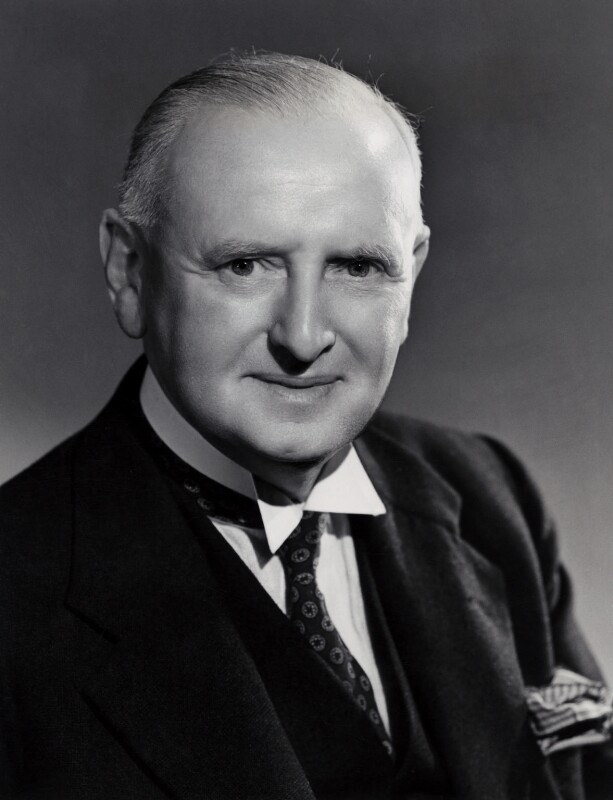This is an old revision of this page, as edited by BronHiggs (talk | contribs) at 05:58, 17 September 2018 (→Business career: add content and ref). The present address (URL) is a permanent link to this revision, which may differ significantly from the current revision.
Revision as of 05:58, 17 September 2018 by BronHiggs (talk | contribs) (→Business career: add content and ref)(diff) ← Previous revision | Latest revision (diff) | Newer revision → (diff) For other people named William Whiteley, see William Whiteley (disambiguation).| This article does not cite any sources. Please help improve this article by adding citations to reliable sources. Unsourced material may be challenged and removed. Find sources: "William Whiteley" – news · newspapers · books · scholar · JSTOR (November 2017) (Learn how and when to remove this message) |
| William Whiteley | |
|---|---|
 | |
| Born | William Whiteley 29 September 1831 Purston, Yorkshire, England |
| Died | 24 January 1907(1907-01-24) (aged 75) Bayswater, England |
| Occupation | Retail entrepreneur |
William Whiteley (29 September 1831 – 24 January 1907) was an English entrepreneur of the late 19th and early 20th centuries. He was the founder of the William Whiteley Limited retail company whose eponymous department store became the Whiteleys shopping centre.
Early life
Whiteley was born in Yorkshire in the small village of Purston, situated between Wakefield and Pontefract. His father was a prosperous corn dealer, who had little interest in rearing his son, leaving William to be raised by an uncle. He left school at the age of 14, and started work at his uncle's farm. He would have liked to have been a veterinary surgeon or perhaps a jockey but his family had other ideas. In 1848 they started him on a seven-year apprenticeship with Harnew & Glover, the largest drapers in Wakefield. Whiteley took his new job seriously and received a 'severe drilling in the arts and mysteries of the trade.'
In 1851 he paid his first visit to London to see the Great Exhibition. The exhibition fired his imagination, particularly the magnificent displays of manufactured goods. All that could be bought or sold was on display, but nothing was for sale. Whiteley had the idea that he could create a store as grand as the Crystal Palace where all these goods could be under one roof and it would make him the most important shopkeeper in the world. Wakefield, once the centre of the Yorkshire woollen trade, was in decline and Whiteley now wanted to be something more than a small town draper. On completion of his apprenticeship he arrived in London with £10 in his pocket.
Business career
He took a job with R. Willey & Company in Ludgate Hill, and then Morrison & Dillon's to learn all aspects of the trade. Whiteley lived frugally. Not smoking or drinking he was able to save £700, enough to start his own business. He opened Fancy Goods shop at 31 Westbourne Grove, Bayswater employing two girls to serve and a boy to run errands. Later one of the girls, Harriet Sarah Hall, became his wife.
He began buying shops in Westbourne Grove, and by 1875 he owned an unbroken row of shopfronts. At the time when he opened his first store, Westbourne Grove was an upper middle-class area serving a wealthy clientele, but this area was declining in social status and popularity. Whiteley then began to develop more of a mass market appeal. He transformed his humble linen drapery into London's first department store by adding a meat and vegetable department and an Oriental department with cheap, imported goods from Japan and China.
Rival retailers resented Whiteley's encroachment on their territory and in 1876, they staged an angry charivari (public shaming) by demonstrating in the streets and burning a "Guy" dressed in the traditional costume of a draper.
Claiming that he could provide anything from a pin to an elephant, William Whiteley dubbed himself "The Universal Provider".
Murder
On 24 January 1907, Whiteley was shot dead at his shop by Horace George Rayner, aged 29, who claimed that he was Whiteley's illegitimate son. In his will Whiteley left £1 million (a fabulous amount at that time, equivalent in 2014 to £89.5 million). Some of the money was used to create Whiteley Village, a retirement village near Walton-on-Thames.
See also
References
- Stratmannm L., Whiteley's Folly: The Life and Death of a Salesman, The History Press, 2004, Chapter 1
- "William Whitely", , UK National Archives, Online:
- Iarocci, L., Visual Merchandising: The Image of Selling, Ashgate Publishing, 2013, pp 120-121; Rappaport. E.D., "The Halls of Temptation: Gender, Politics, and the Construction of the Department Store in Late Victorian London", Journal of British Studies, Vol. 35, No. 1, 1996, pp. 58-83 Online:
- Rappaport. E.D., "The Halls of Temptation: Gender, Politics, and the Construction of the Department Store in Late Victorian London", Journal of British Studies, Vol. 35, No. 1, 1996, pp. 58-83 Online:
- Lambert, Richard S., The Universal Provider: A Study of William Whiteley and the Rise of the London Department Store, London, George Harrap & Co., 1938)
External links
- Whiteleys
- Whiteley Village
- Whiteley Village Museum
- Whiteleys - company history
- A History of the County of Middlesex: Volume 9 - Paddington economic history
- A History of the County of Middlesex: Volume 9 - Bayswater
- * Whiteley history by Ten Generations